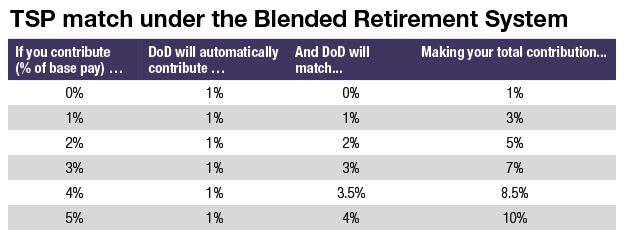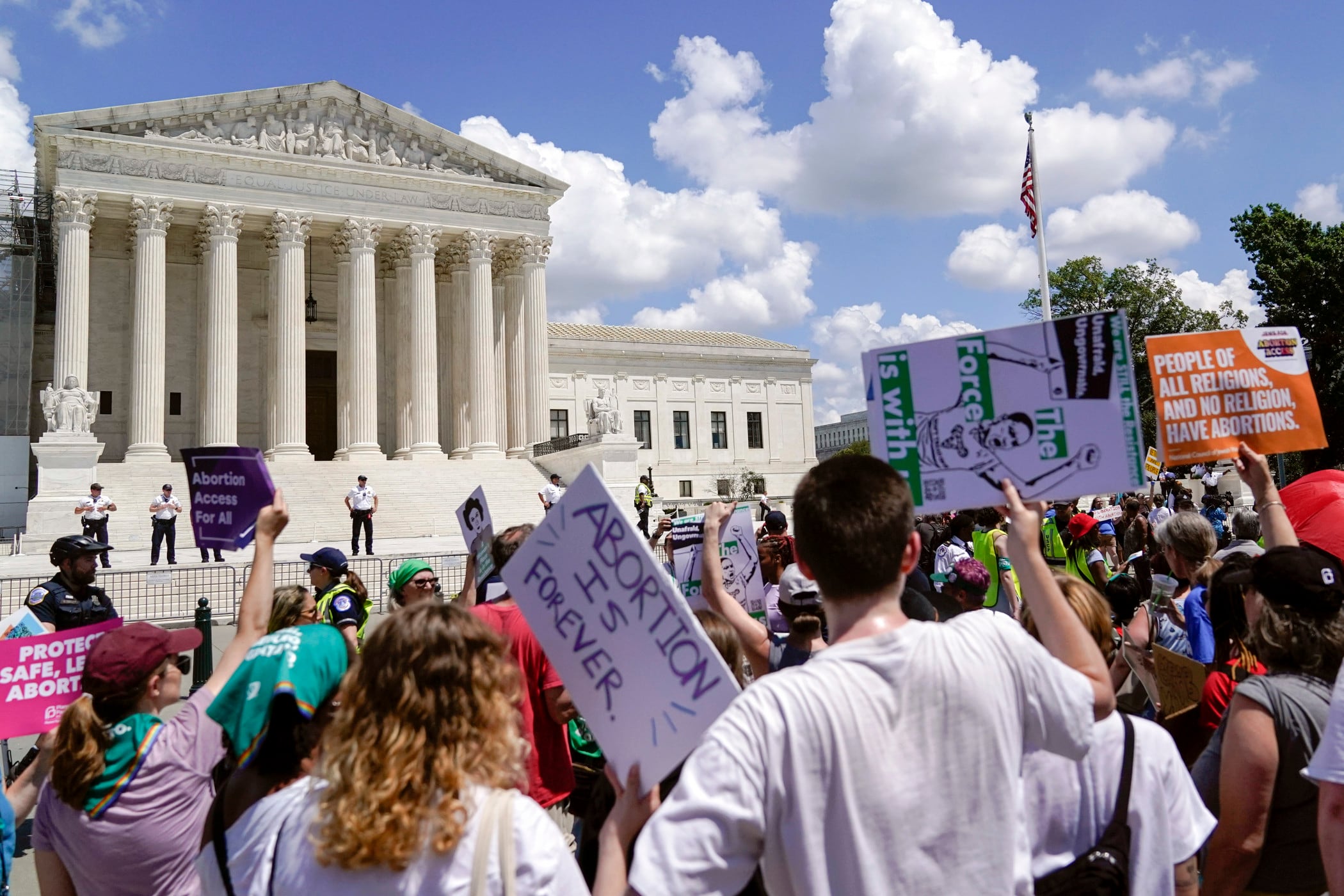Editor’s note: This is one in a series of pieces that make up the Military Times 2018 Benefits Guide. Read or download the entire e-book here.
The window for 1.6 million service members to select a new retirement system will close at year’s end. If you’re still on the fence, or unsure whether you’re eligible, now is the time to choose — especially if you’re leaning toward the Blended Retirement System, where benefits like matching retirement-account funds won’t start until you’ve signed up.
What you need to know about BRS:
What it is: As of Jan. 1, 2018, all new service members will be enrolled in the Blended Retirement System, which will continue the payment of pensions to those who retire from service while allowing nearly all who serve the chance to realize a retirement benefit via Defense Department matching contributions to their Thrift Savings Plan.
Eligibility: New service members are automatically enrolled in BRS. Another group of service members can opt into the new system in 2018: Active-duty service members who had fewer than 12 years of total service as of Dec. 31, 2017, and reserve-component members in a paid status with fewer than 4,320 retirement points as of that same date. Also, anyone who entered a service academy or signed a service agreement (those in the delayed entry program, for instance) as of Dec. 31 has opt-in eligibility. Service members who had more than 12 years of service at the end of 2017 don’t have a choice; they stay with the legacy retirement system.
As of April 10, about 11 percent of the 1.6 million service members eligible to make the choice had opted in to BRS.
The details: Service members (in the category with fewer than 12 years of service) who don’t opt in would be eligible for legacy retirement benefits — namely, a pension they’ll receive after 20 years of service. Those under BRS would receive the following:
- A retirement pension, but one that’s 20 percent less than the legacy system.
- A DoD contribution of 1 percent of your base pay into your TSP account, regardless of your TSP contribution.
- A DoD match for your TSP contributions, maxing out at 5 percent of your base pay.
- Continuation pay: A one-time bonus payment at 12 years of service, in exchange for a commitment to serve an additional four years. As of March 2018, active-duty members are set to get 2.5 times their monthly basic pay as of the first day of their 12th year of service. Reserve and Guard members get 0.5 times their monthly pay.
- Lump-sum option: Retiring service members can collect either 25 percent or 50 percent of their future retirement pay (through age 67) via lump sum at their retirement, spread out up to four years. Retirement paychecks would return to their full amount after age 67; the lump sum is taxable and is discounted by about 7 percent (under 2018 rates) — the Social Security’s going “discount rate” for such pension payouts.
RELATED

Action items: Troops interested in opting into BRS can calculate their estimated retirement benefits in both the BRS and legacy systems using DoD’s BRS calculator. Before deciding, troops must take the mandatory BRS training, available through Joint Knowledge Online, their service’s learning management system, and through Military OneSource.
Soldiers, sailors and airmen can opt into BRS via MyPay; Marines are to use Marine Online (https://mol.tfs.usmc.mil/mol).
Deadline: Troops eligible to make a choice have until Dec. 31 to opt into BRS. Those who do not opt in will remain in the legacy system. Marines have been asked to note (via Marine Online) that they don’t wish to opt in; troops in other services do not have to indicate their preference for the legacy system.

WHAT’S NEW
Defense officials say they’ve seen a large number of “early adopters” eager to join the Blended Retirement System and take advantage of the matching funds for their Thrift Savings Plan. About 89 percent of those eligible still were weighing their options.
As of April 10, 183,169 service members — 11.18 percent of the 1.6 million troops eligible to choose between BRS and the existing retirement system — had decided to opt in to BRS, according to DoD officials.
The tally, by service branch:
- Army: 7.45 percent (60,405 opt-ins out of 810,301 eligible).
- Air Force: 12.63 percent (47,223 out of 374,003).
- Navy: 14.27 percent (39,798 out of 278,910).
- Marine Corps: 20.35 percent (35,743 opt-ins out of 175,627 eligible).
Karen has covered military families, quality of life and consumer issues for Military Times for more than 30 years, and is co-author of a chapter on media coverage of military families in the book "A Battle Plan for Supporting Military Families." She previously worked for newspapers in Guam, Norfolk, Jacksonville, Fla., and Athens, Ga.
Kevin Lilley is the features editor of Military Times.




